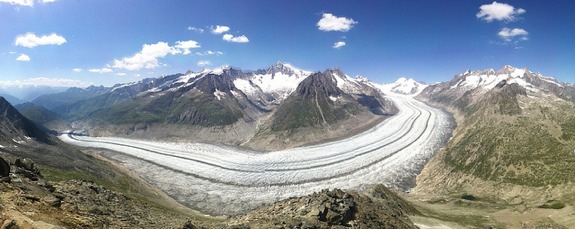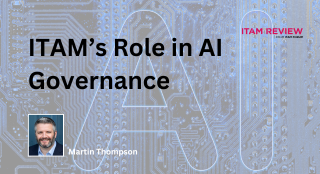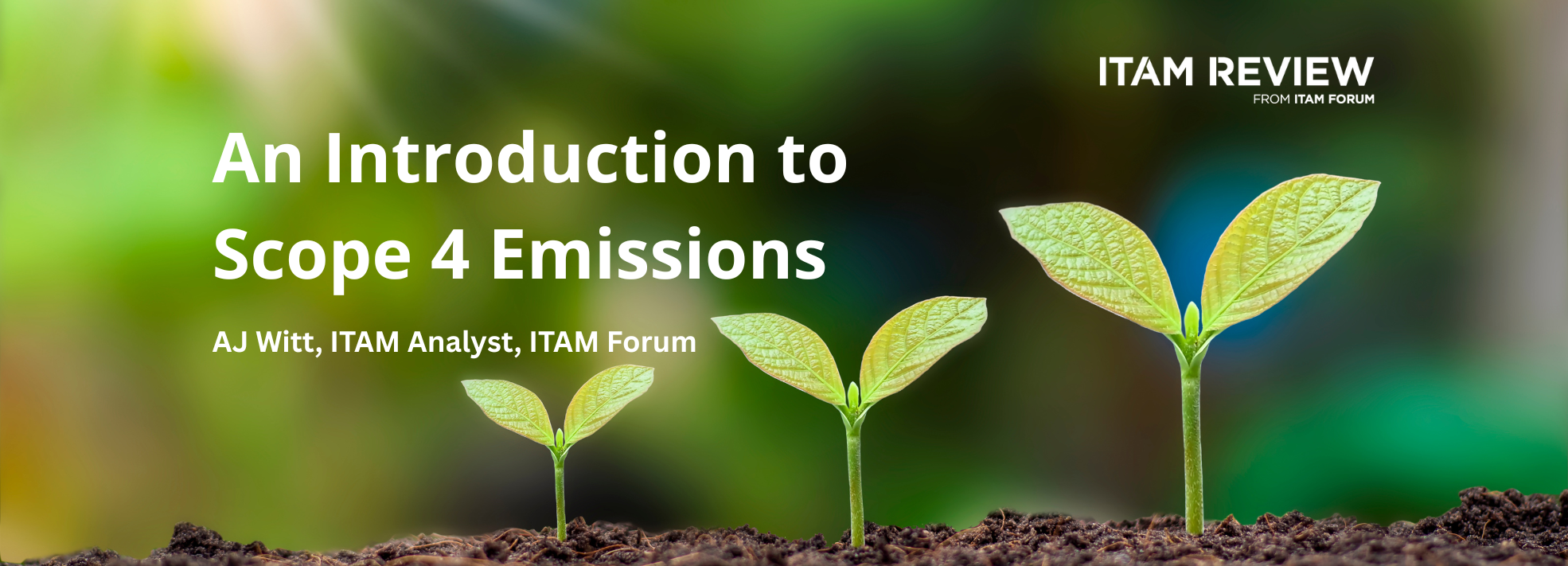Modern SAM requires ‘Environment Recognition’ as much as ‘Software Recognition’

Do you recognise your software environment?
This is part one of a two part series on ‘Environment Recognition’. Part two will be published in due course.
Here at ITAMS, it’s been interesting to witness the increased interest in the ITAM market and organizations wishing to gain control of software risk.
As more and more software permeates every area of modern business, we’re finding that organizations are no longer willing to sit in the pockets of software publishers and issue blank cheques – they want to gain control of costs and ensure maximum return for their IT spend.
An industry maturing – and growing more complex
Over the years there have been a number of market forces affecting the key requirements for managing software licensing:
- A proliferation of new device types and platforms for organizations to manage
- The introduction of shared services, public cloud and other virtual infrastructures
- Business units outside IT buying software and services
- A maturing SAM industry have realized they need to focus their resources on the financial value of software, not the quantity – which usually leads to a focus on the datacentre and key large vendors
License metrics have also become increasingly more complex, aligning themselves to the compute power, usage or value of the software being used rather than just it’s existence on a device.
How do all of these industry trends affect SAM?
There has always been an overlap between the practices of Hardware Asset Management (HAM) and Software Asset Management (SAM). It has never been possible to manage software without a good handle of hardware – but we’re finding the interdependency is becoming even more significant.
These days, to maintain a trusted and credible license position it is no longer the case of recognizing what software is installed (although this is still critical) – we also need to recognize the environment in which the software is used.
‘Environment Recognition’
If software recognition is the process of translating technical installation data to meaningful product data ready for reconciliation with purchasing; then environment recognition is identifying the key environmental characteristics critical to manage complex licensing types that go beyond installation. Who is using the software, who’s infrastructure does it sit on? What underlying processing power does it use? Or could it use and so on.
Staying sane in an increasingly complex world
Whilst delivering our SAM Managed Services to customers, we’ve found that in order to stay sane amongst this increasing complexity and growing number of data sources, the Software SKU catalogue is key.
We use the SKU catalogue as a central source of truth, a forge in which to mix multiple data sources from multiple tools, financial records, systems management data and configuration data and compare it with entitlement records and product use rights to create a true picture of effective licensing.
In my next article, we’ll explore some real life examples of Environment Recognition.
Can’t find what you’re looking for?
More from ITAM News & Analysis
-
Broadcom vs Siemens AG - A Brewing Storm
The ongoing legal battle between VMware (under Broadcom ownership) and Siemens is yet another example of why ITAM goes far beyond license compliance and SAM. What might, at first glance, appear to be a licensing dispute, ... -
Shifting Left Together: Embedding ITAM into FinOps Culture
During one of the keynotes at the FinOps X conference in San Diego, JR Storment, Executive Director of the FinOps Foundation, interviewed a senior executive from Salesforce. They discussed the idea of combining the roles of ... -
Addressing the SaaS Data Gap in FinOps FOCUS 2.1
I recently reported on the FinOps Foundation’s inclusion of SaaS and Datacenter in its expanded Cloud+ scope. At that time, I highlighted concerns about getting the myriad SaaS companies to supply FOCUS-compliant billing data. A couple ...
Podcast
ITAM training
Similar Posts
-
The M&S Cyberattack: How IT Asset Management Can Make or Break Your Recovery
Marks & Spencer (M&S), the iconic UK retailer, recently became the latest high-profile victim of a devastating cyberattack. Fellow retailers The Co-Op and Harrods were also attacked. Recent reports suggest the rapid action at the Co-Op ... -
AI in ITAM: Insightful Signals from the Front Line
During our Wisdom Unplugged USA event in New York in March 2025, we engaged ITAM professionals with three targeted polling questions to uncover their current thinking on Artificial Intelligence—what concerns them, where they see opportunity, and ... -
How ISO/IEC 19770-1 Can Help Meet FFIEC Requirements
In the world of ITAM, the regulatory spotlight continues to intensify, especially for financial institutions facing increasing scrutiny from regulatory bodies due to the growing importance of IT in operational resilience, service delivery, and risk management. ... -
An Introduction to Scope 4 Emissions
Executive Summary For ITAM teams, sustainability is a core responsibility and opportunity. Managing hardware, software, and cloud resources now comes with the ability to track, reduce, and report carbon emissions. Understanding emission scopes—from direct operational emissions ...




